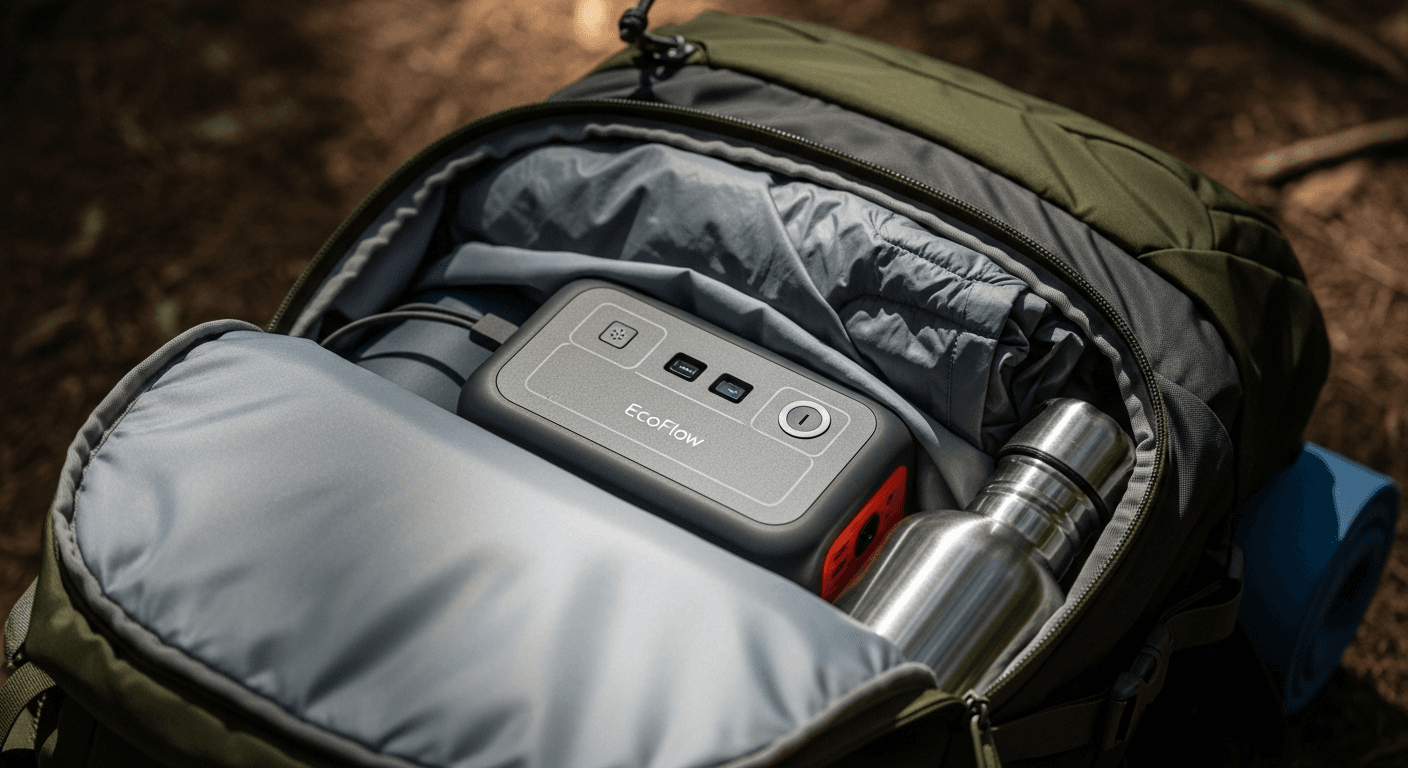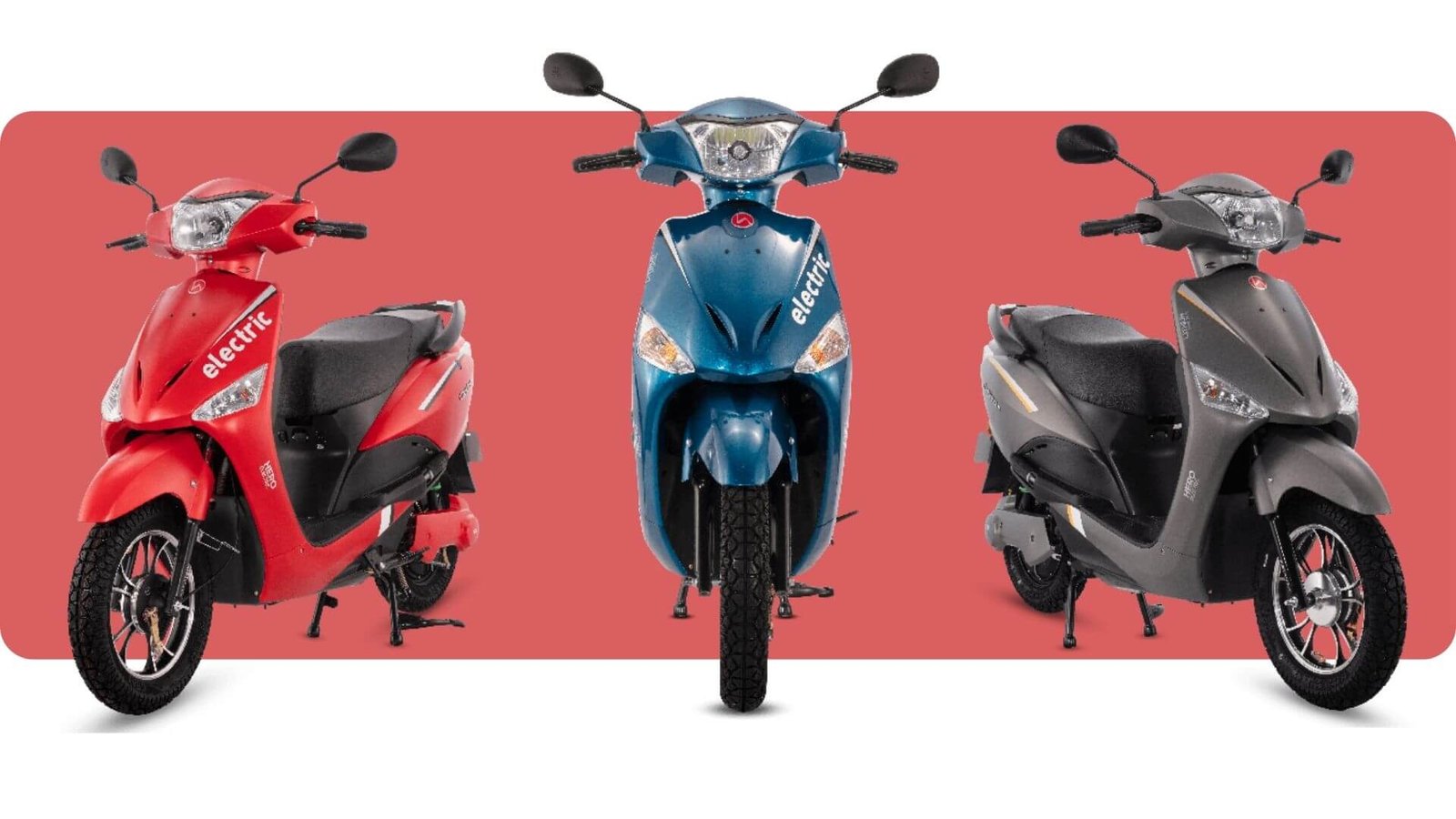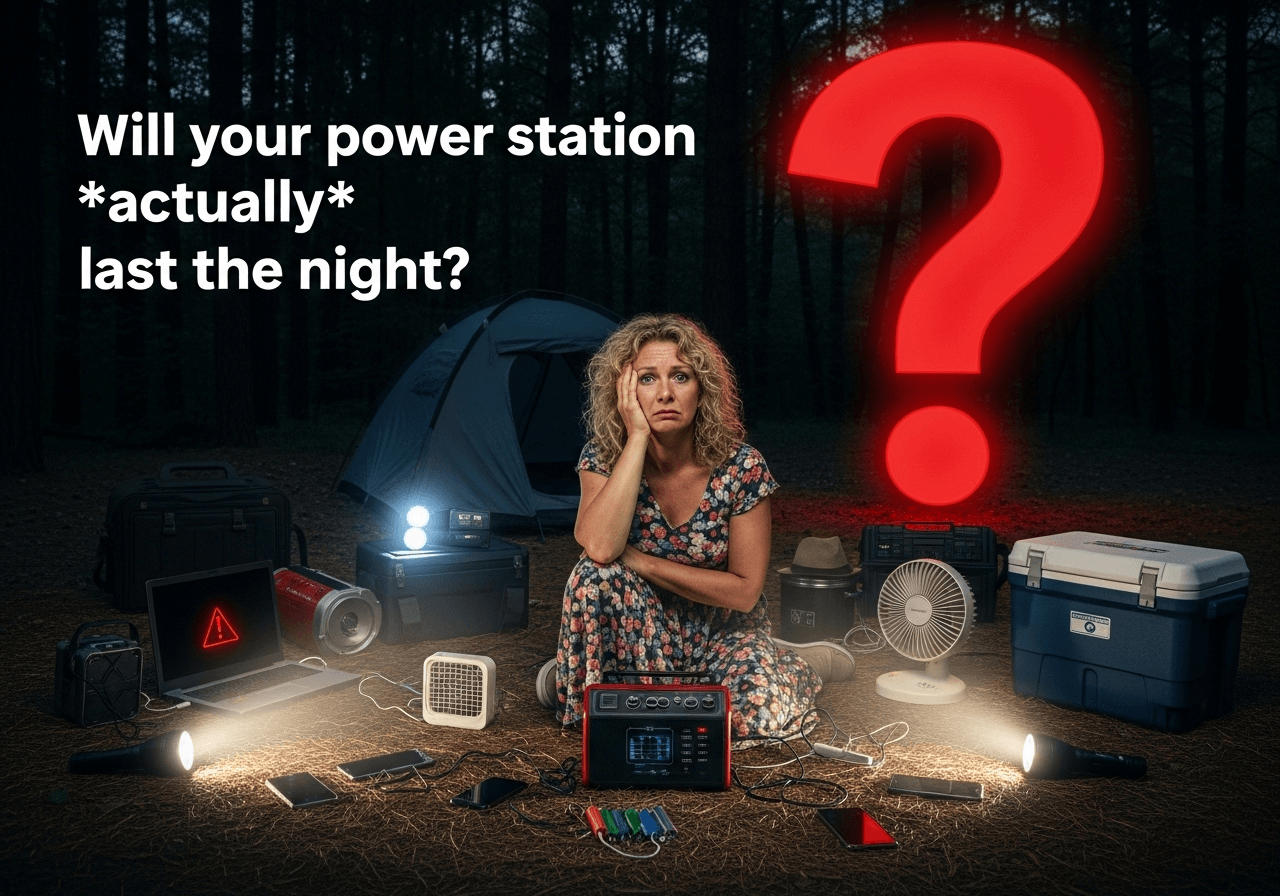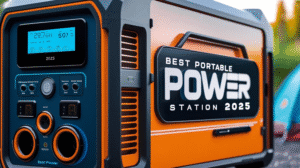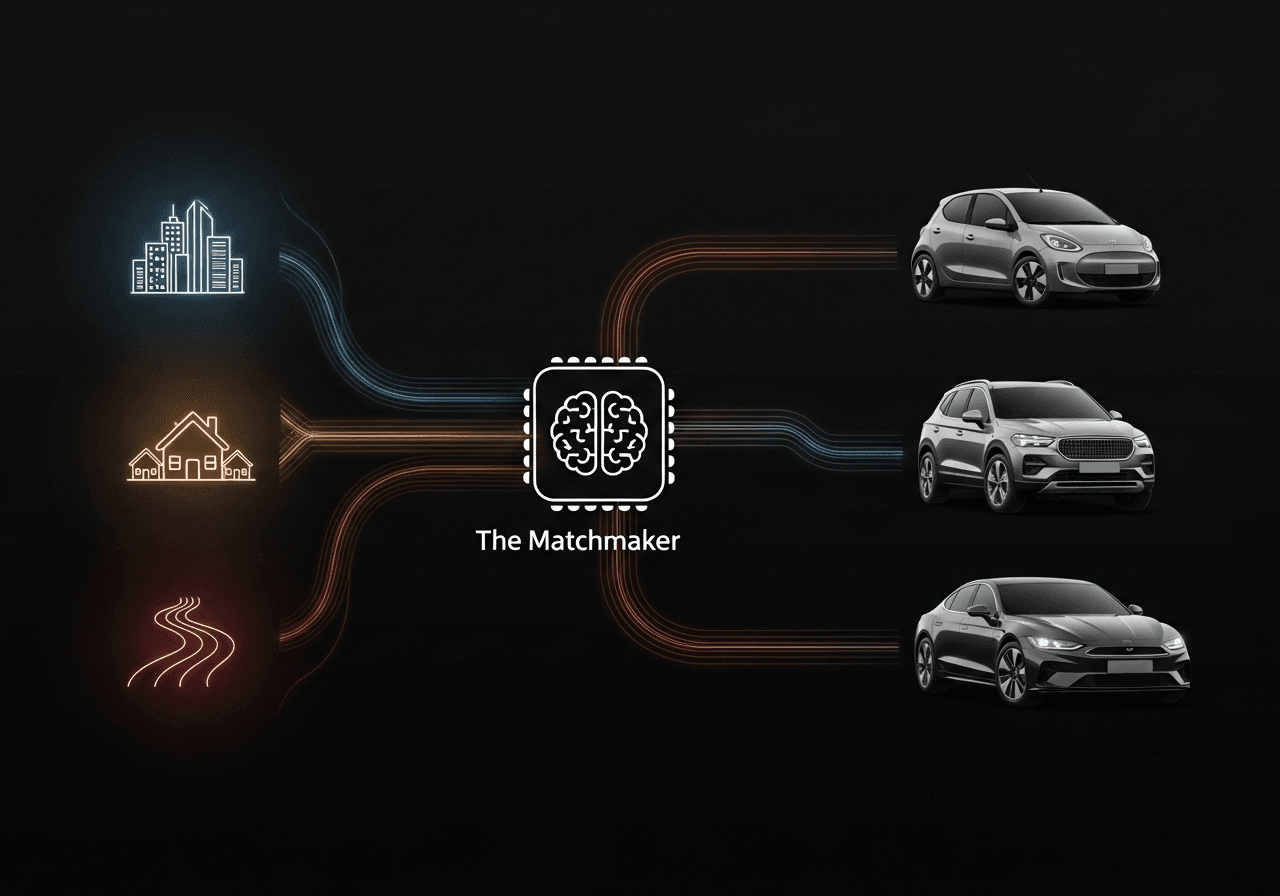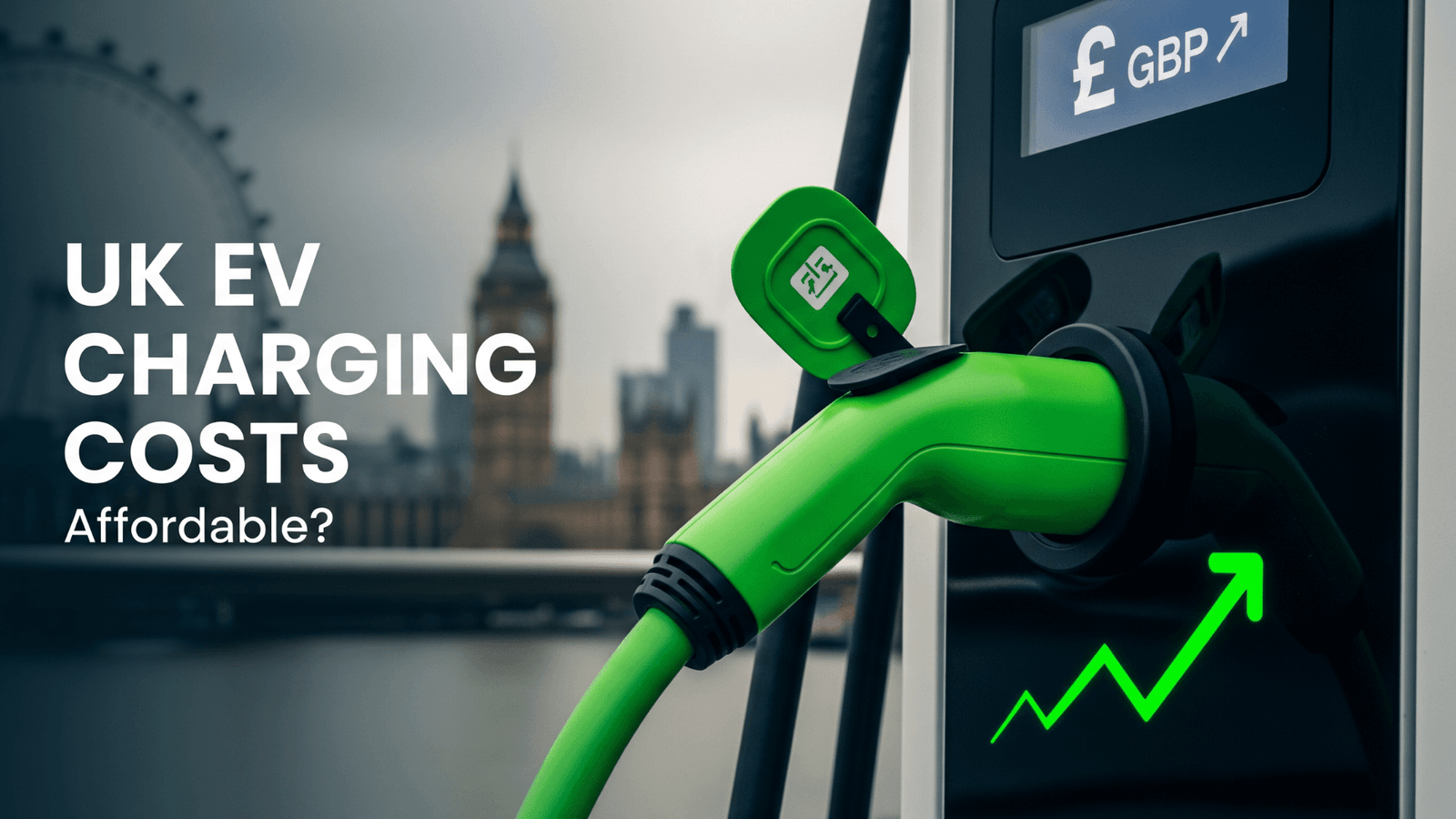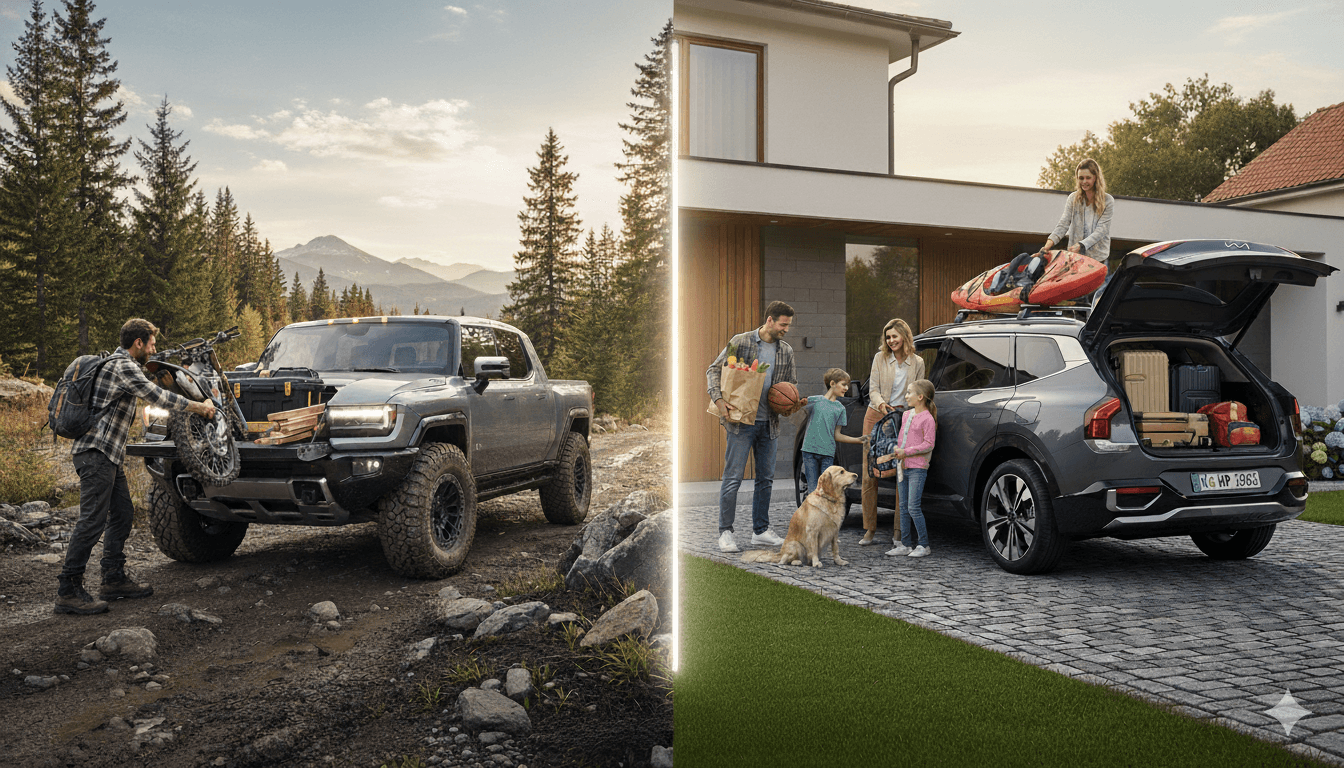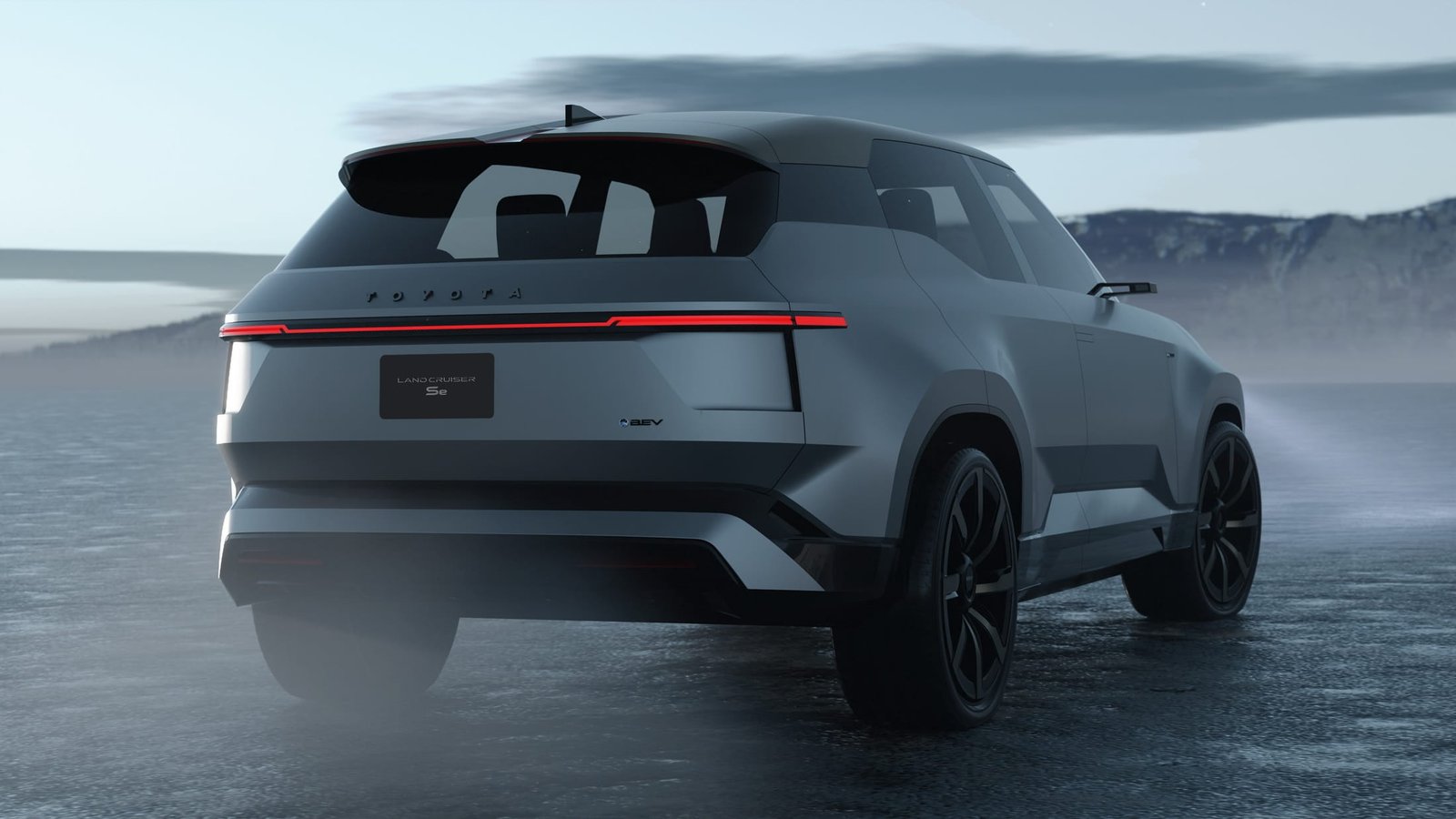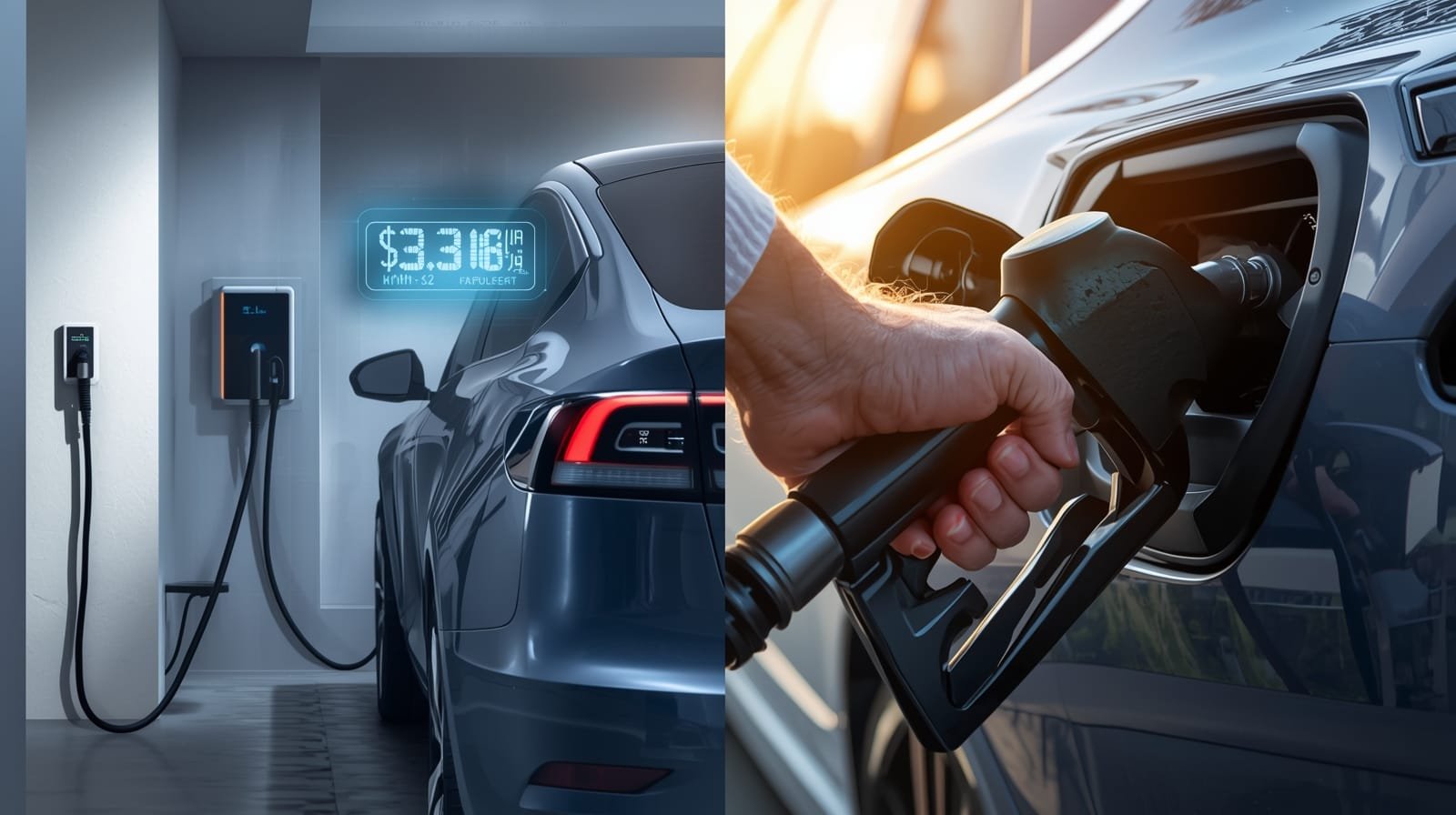As an engineer who has tested dozens of “portable” power stations, I’ve always been frustrated by one massive, universal design flaw. EcoFlow’s new Trail Series might be the first to actually solve it.
My name is Suhas, and I want you to picture this.
You’re packing your car for a weekend camping trip. You’ve got your cooler, your tent, your chairs, all packed neatly. And then there’s the last item: your “portable” power station. It’s a giant, heavy, plastic cube. You can’t put anything on top of it. It doesn’t slide into any neat space. It’s an awkward, bulky lump that completely messes up your perfectly packed trunk.
This is the dirty secret of the portable power industry: for years, these devices have been designed by engineers (like me) who focused on the internal components, not on the human who has to carry them. They are powerful, but they are not practical.
But a fundamental shift is happening. EcoFlow, one of the biggest names in the game, appears to have looked at the market and asked a revolutionary question: “What if we designed a power station that was actually designed to be packed?”
The result is their brand new Trail Series, and frankly, it’s one of the smartest design innovations I’ve seen in years.
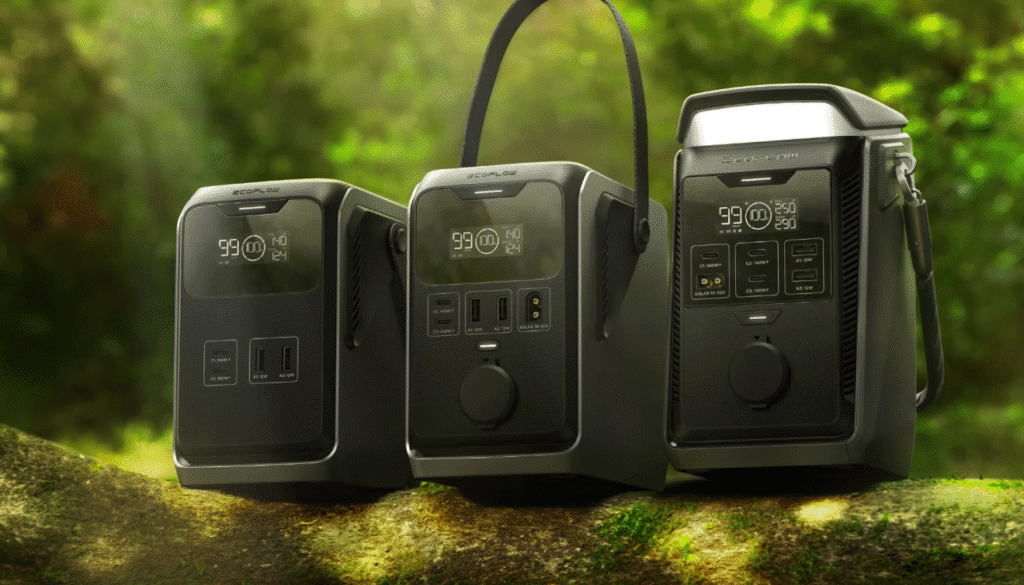
The Innovation Isn’t the Power; It’s the Shape
Let’s be clear: the specs on the new Trail Series (available in Trail 600 and Trail 1200 models) are good. They use modern LFP batteries, have plenty of ports, and can power all the essentials you’d need on a trip.
But that’s not the story. The story is the form factor.
Unlike the traditional cube, the new Trail Series is long, slim, and rectangular. Think of it like a hardcover textbook versus a shoebox.

Why this is a Game-Changer:
- It’s “Packable”: This new shape is designed to slide perfectly into the main compartment of a hiking backpack or lie flat at the bottom of a car trunk.
- It’s Stackable: You can actually put other flat items (like a camp stove or a box of supplies) on top of it without them sliding off.
- A More Intelligent Handle: The handle is designed for a one-handed, “briefcase-style” carry, which is far more ergonomic for walking from the car to the campsite than the two-handed lug of a traditional boxy unit.
As Gear Junkie noted in their first look, this is a power station “purpose-built for life outdoors,” not just for the garage.
The Vecharged Breakdown: Who is This For?
This new design isn’t for everyone. It’s for a very specific and underserved user.
| You Should Buy the Traditional Cube (Delta Series) If… | You Should Buy the New Trail Series If… |
| Your primary use is emergency home backup. | Your primary use is recreation (camping, hiking, overlanding). |
| The unit will mostly stay in one place. | The unit will be packed and moved frequently. |
| You need the absolute maximum power for big appliances. | You value portability and a smart packing layout over raw power. |
The Verdict: A New Era of User-Centric Design

The EcoFlow Trail Series is not the most powerful station on the market. It doesn’t have the biggest battery. But it might be the best-designed portable power station ever made for its intended user.
It’s a refreshing and long-overdue admission that the people who use these devices are not just preppers in a basement; they are hikers, campers, photographers, and adventurers. And for them, the way a piece of gear packs is just as important as the power it provides.
This is the kind of smart, human-centric engineering that moves an entire industry forward. It’s a clear signal that the future of portable power isn’t just about more watts; it’s about better design.
References:
- 9to5Toys: “EcoFlow launches new ‘Trail’ Power Stations…”
- Gear Junkie: “EcoFlow Trail Series: Power Station Designed to Pack”
- Official EcoFlow US Trail Series Page

Suhas Shrikant is the founder of Vecharged and an engineering enthusiast specializing in high-power off-grid solar systems. He has designed and built over a dozen custom systems and uses his hands-on, field-tested experience to create Vecharged’s expert guides and reviews.

